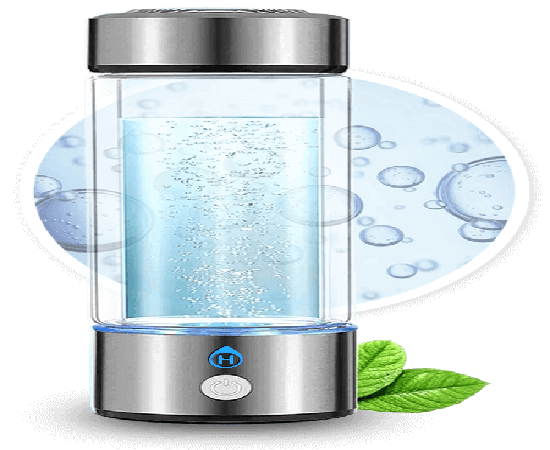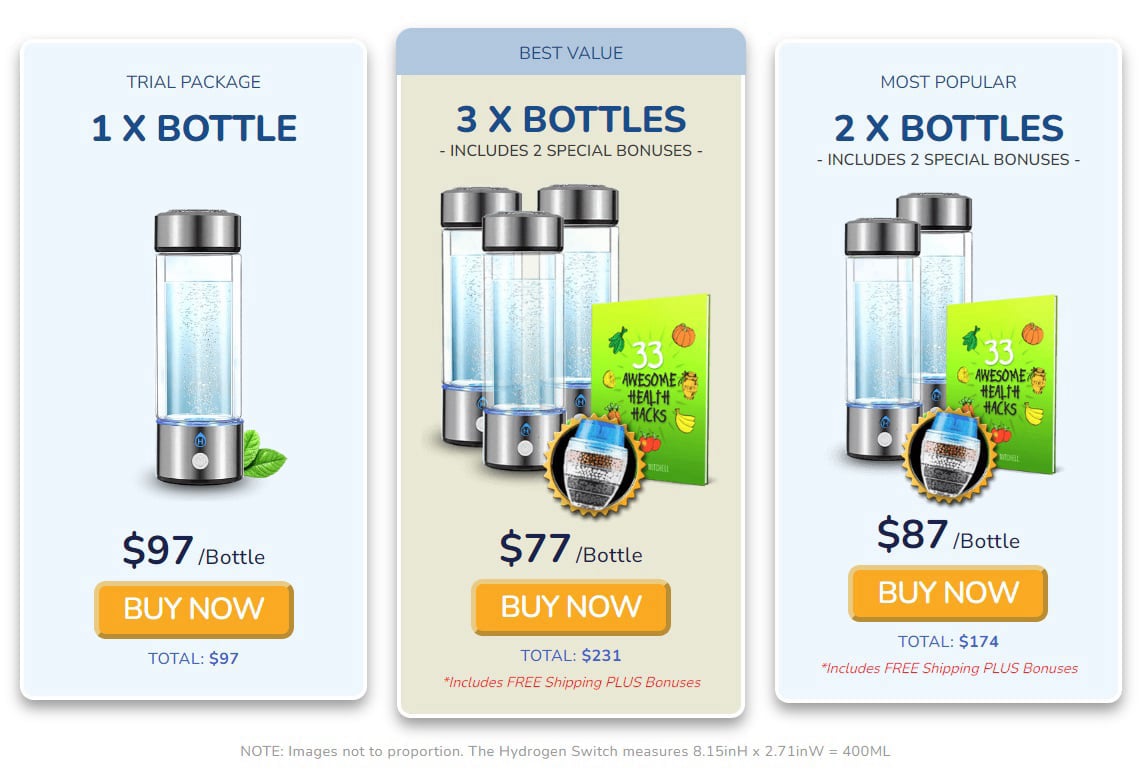The Hydrogen Switch: A Revolutionary Energy Solution
In recent years, the world has been moving towards more sustainable energy sources in an effort to combat climate change and reduce our dependence on fossil fuels. One of the most promising alternatives that has been gaining traction is hydrogen power. The Hydrogen Switch is at the forefront of this technological shift, offering a clean and efficient solution to our energy needs.
The Benefits of the hydrogen switch
Switching to hydrogen from fossil fuels has numerous advantages. Not only is hydrogen a clean and renewable source of energy, but it also produces zero emissions when used in fuel cells to generate electricity. This makes it an environmentally friendly option that can help reduce air pollution and greenhouse gas emissions.
Furthermore, hydrogen power is extremely versatile and can be used in a variety of applications, from powering vehicles to providing electricity for homes and businesses. It is also more efficient than traditional gasoline engines, making it a cost-effective choice in the long run.
how does hydrogen power work?
Hydrogen power is generated through a process called electrolysis, where water is split into hydrogen and oxygen using an electric current. The hydrogen gas is then stored in a fuel cell, where it can be used to generate electricity through a chemical reaction with oxygen. This electricity can then be used to power anything from cars to appliances.
Frequently Asked Questions
1. What is the difference between hydrogen-1 and hydrogen-2?
Hydrogen-1 is the most common isotope of hydrogen, with just one proton and no neutrons. On the other hand, hydrogen-2, also known as deuterium, has one proton and one neutron in its nucleus. Deuterium is often used in nuclear fusion reactions and as a tracer in scientific experiments.
2. What is hydrogen 2 used for?
Hydrogen-2, or deuterium, is used in a variety of industrial applications, including nuclear power generation and nuclear magnetic resonance spectroscopy. It is also used as a source of fuel for certain types of fuel cells.
3. How does the hydrogen electrode work?
the hydrogen electrode is dipped in a solution containing hydrogen ions and is used as a reference electrode in electrochemical measurements. It helps determine the pH of a solution and is often used in chemical analysis.
4. What are hydrogen bonds encountered?
Hydrogen bonds are weak bonds that form between a hydrogen atom and an electronegative atom, such as oxygen or nitrogen. These bonds are important in holding together molecules like water and DNA, giving them their unique properties.
5. What does the hydrogen spectrum show?
The hydrogen spectrum shows the distinct wavelengths of light emitted or absorbed by hydrogen atoms when they undergo transitions between energy levels. This information is used in spectroscopy to identify elements and study their behavior.
Conclusion
the hydrogen switch is paving the way towards a more sustainable future by harnessing the power of hydrogen as a clean and efficient energy source. With its numerous benefits and versatility, hydrogen power is set to revolutionize the way we generate and consume energy. Make the switch today and join the movement towards a cleaner, greener tomorrow.


